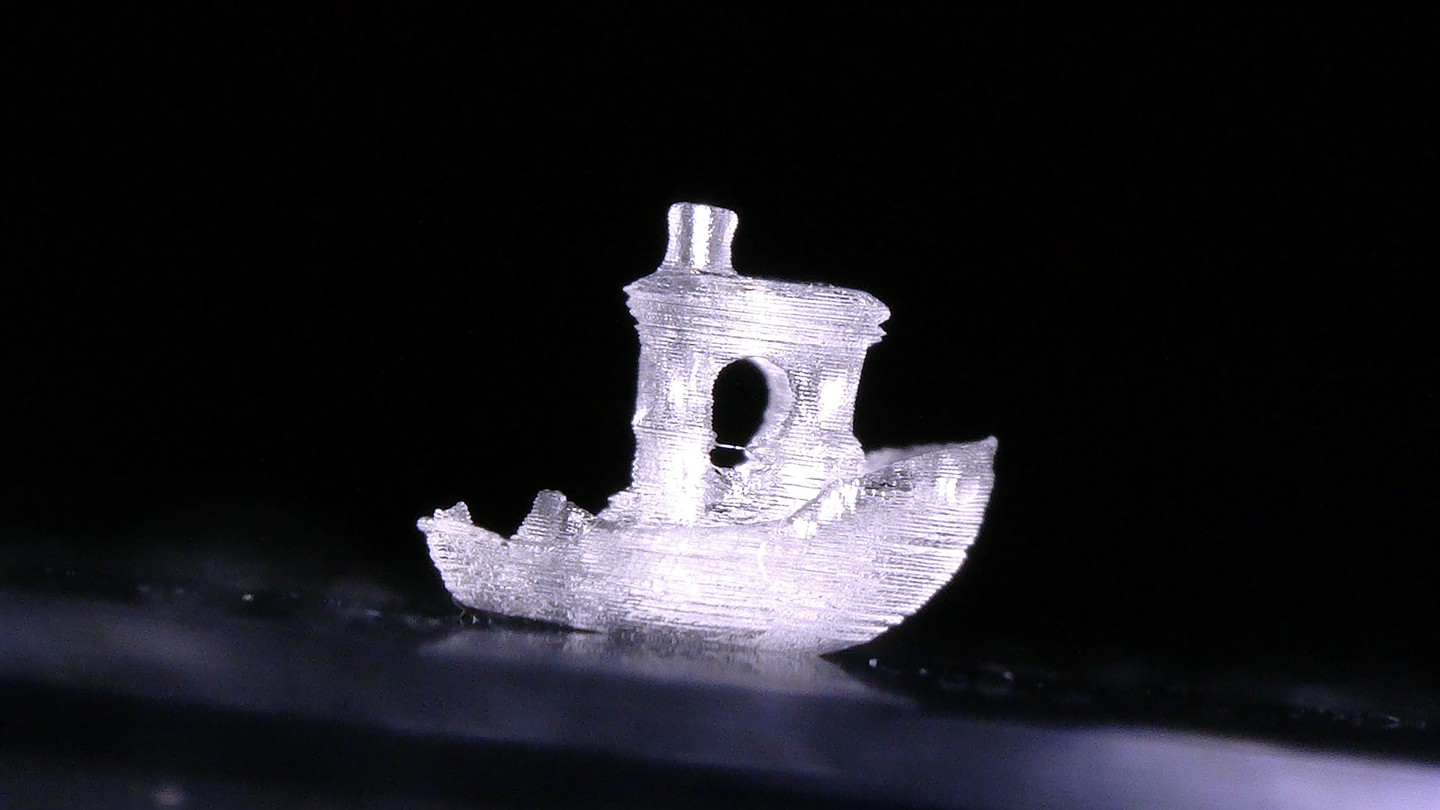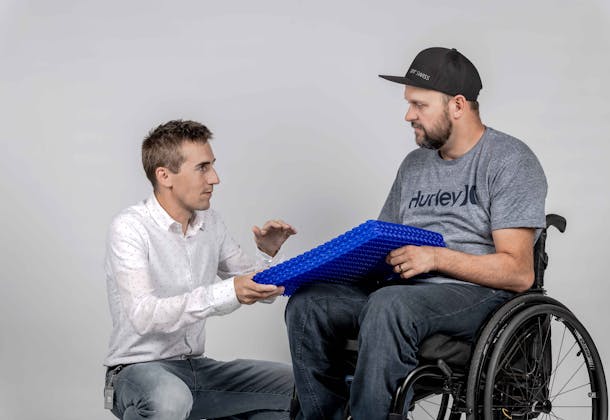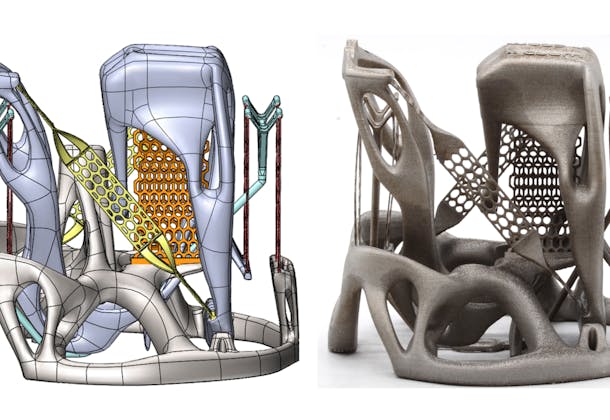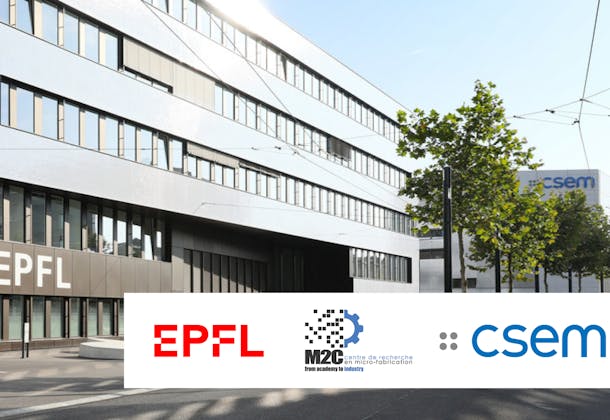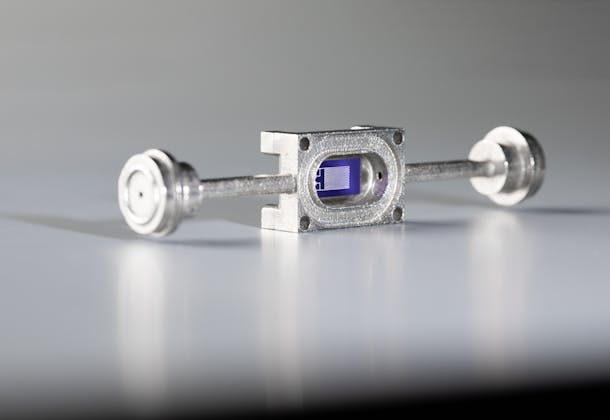28 September 2022
A new advanced manufacturing center opens up in Neuchâtel
The manufacturing industry is going through a period of profound change, driven
in part by the advent of 3D printing and other advanced technologies. In order
to support Swiss industry at this critical juncture, EPFL and CSEM have joined
forces to create the Micromanufacturing Science & Engineering Center (M2C), a
new focal point for pure research, technology transfer and everything in
between.
